Gone are the days when setting up software meant installing hefty programs on every user’s machine. Today, it’s all about convenience, scalability, and flexibility, three pillars on which SaaS (Software as a Service) stands tall.
SaaS application development isn’t just a trend; it’s a strategic move. It allows startups to launch, grow, and compete with larger players in ways that weren’t possible before. From offering scalable solutions and reducing upfront infrastructure costs to unlocking recurring revenue streams, SaaS apps give startups the agility they need to thrive. Whether you’re launching a brand-new tool or disrupting an old-school industry, SaaS can be your most powerful ally.
For tailored SaaS solutions, many companies turn to custom software development to ensure their product meets unique market needs and business goals.
Let’s dive deep into what makes SaaS so essential for modern startups and how investing in SaaS application development could be the smartest move your startup ever makes.
%20(1).png)
What Makes SaaS a Game-Changer for Startups?
At its core, SaaS application development is about creating software that’s hosted in the cloud and accessed via the internet. No more installation CDs, complex configurations, or massive IT departments. Instead, users simply subscribe, log in, and get started. For startups, this simplicity is golden.
Why? Because startups often face limited resources, small teams, tight budgets, and the pressure to scale quickly. SaaS levels the playing field. It allows a tiny team with a big idea to serve thousands, even millions, of users with little more than a well-built web app and a solid marketing strategy.
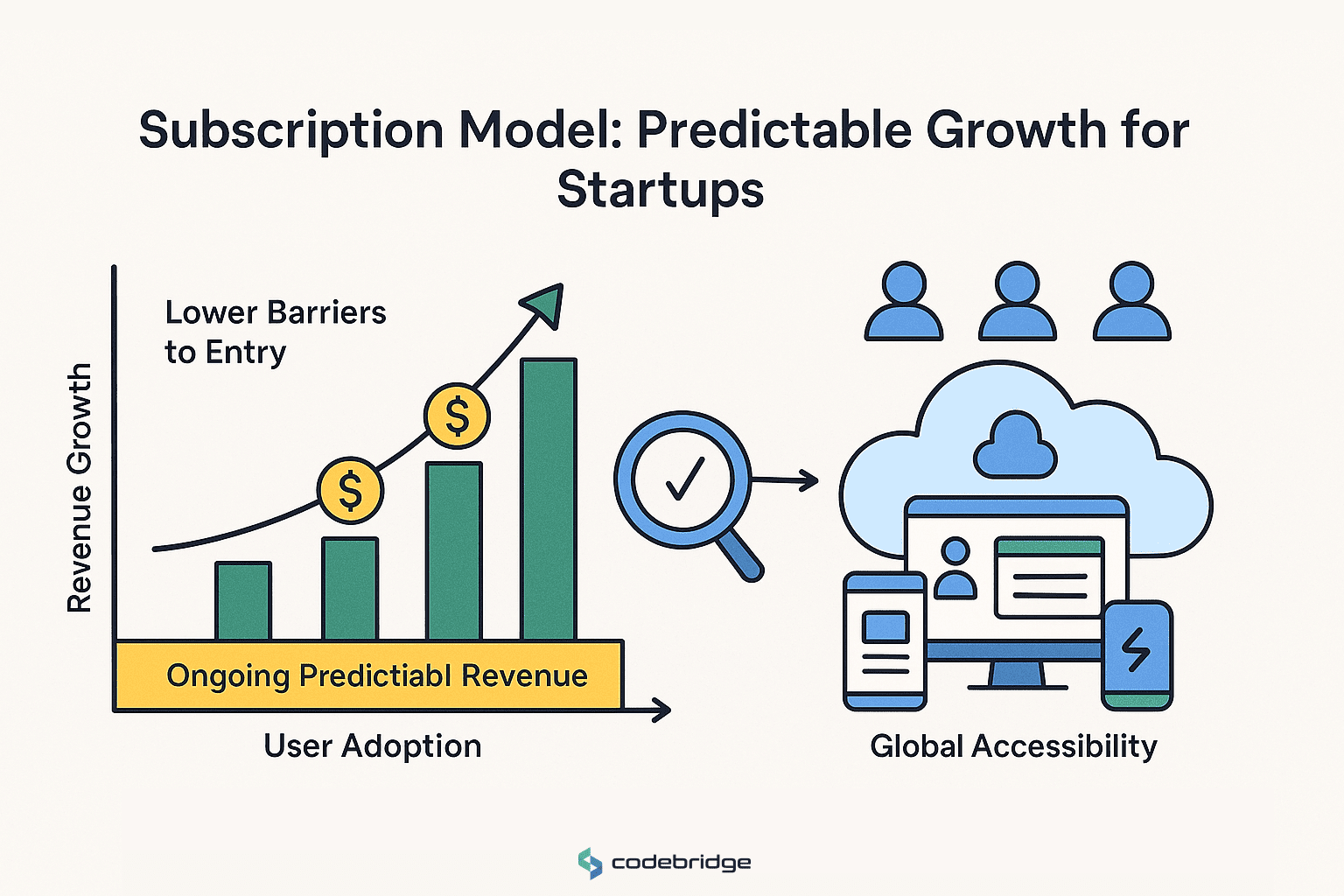
According to Statista, the projected global revenue for SaaS in 2023 is expected to reach $253.90 billion, highlighting the explosive growth and adoption of this model across industries.
Here’s why SaaS is such a game-changer:
- Subscription-based pricing: It generates predictable, recurring revenue.
- Lower entry barriers: No need for huge upfront investments in infrastructure.
- Rapid deployment: Launch your MVP quickly and iterate based on user feedback.
- Accessibility: Users can access the software from anywhere, at any time, on any device.
In short, SaaS empowers startups to dream big and act fast, without being bogged down by legacy systems or bloated budgets.
The Role of SaaS in Supporting Startup Growth and Scalability
Startup success often hinges on the ability to scale, fast and effectively. This is where SaaS truly shines. Traditional software models demand extensive infrastructure, ongoing maintenance, and manual updates. SaaS, by contrast, operates in the cloud, making scaling practically seamless.
Let’s say your startup just hit a viral growth spurt. With a SaaS model, you don’t need to scramble to add servers or worry about software distribution. Your cloud provider handles that behind the scenes. This ability to grow with demand without sacrificing performance is a massive competitive advantage.
What’s more, SaaS apps are typically built with multi-tenancy in mind. That means a single application instance can serve multiple users, businesses, or clients, all without significant added complexity or cost. This is a huge deal for startups that need to expand without incurring exponential infrastructure expenses.
Key growth advantages:
- On-demand scalability: Add users, features, or services without downtime.
- Global reach: Serve users worldwide with minimal technical overhead.
- Data-driven insights: Use cloud analytics to fine-tune offerings and drive decisions.
SaaS isn't just a tech choice, it’s a growth strategy.
Key Benefits of SaaS Application Development for Startups
The road from startup to success is often unpredictable. You may launch with a small customer base and suddenly see explosive demand. Can your software handle that? If it's built on a SaaS model, the answer is almost always yes.
Scalability is baked into the SaaS model. Instead of building a new server or hiring extra IT staff every time your user base grows, cloud-hosted SaaS applications allow startups to scale smoothly and affordably. And because SaaS platforms are generally built using agile and modular development practices, adding new features or integrations becomes significantly easier.
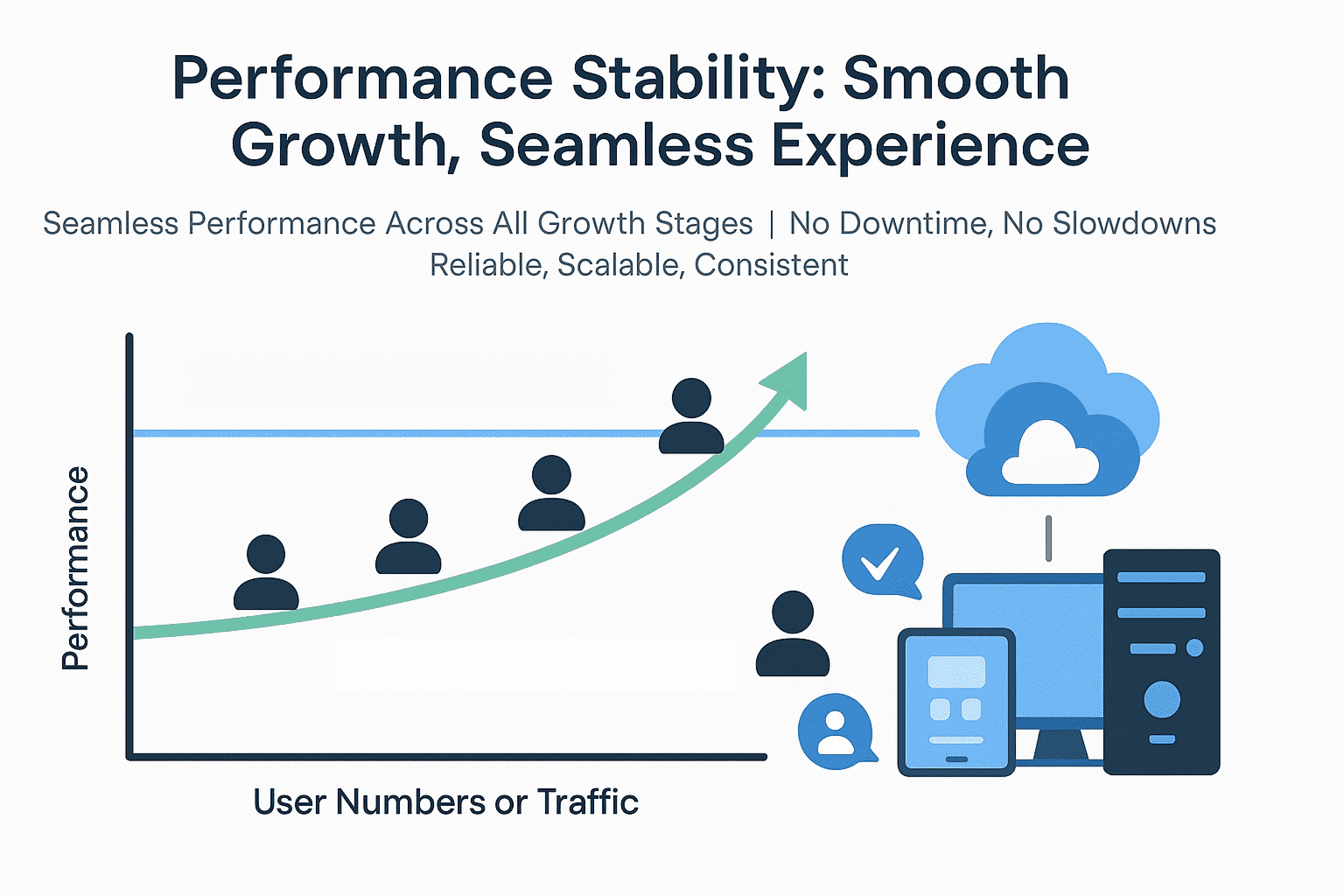
Here’s what scalable SaaS means for a startup:
- Elastic infrastructure: Resources scale automatically based on demand.
- Performance stability: Users experience consistent speeds and uptime.
- Affordable expansion: You only pay for what you use, keeping costs manageable.
This kind of flexibility is critical for startups navigating uncertain markets and rapid growth. Whether you're adding 100 users or 10,000, a scalable SaaS solution grows with you.
Lowering Development Costs with SaaS Models
Let’s be honest, cash is king, especially in the startup world. Every dollar counts. That’s why so many founders are turning to SaaS application development to cut costs without cutting corners.
Developing a traditional desktop or on-premise app requires significant upfront investments, infrastructure, hardware, installation teams, and customer support. SaaS flips the script. With cloud hosting and centralized updates, you save on setup, maintenance, and deployment.
Here’s how SaaS models slash development costs:
- Shared resources: Hosting is handled by providers like AWS, Azure, or Google Cloud.
- Centralized updates: No need to deploy patches across multiple user devices.
- Lower customer support overhead: With fewer installation issues, support needs decrease.
Plus, the subscription-based model means customers pay consistently over time, rather than all at once. This spreads out their investment and gives your business a steady, predictable revenue stream, a win-win situation.
How SaaS Application Development Supports Long-Term Business Growth
One of the most powerful advantages of SaaS application development is the ability to continuously improve and evolve the product without disrupting the user experience. In the traditional software model, updates were infrequent, cumbersome, and often required user intervention, sometimes even full reinstallation. In contrast, SaaS apps are updated centrally, allowing startups to push new features, fix bugs, and enhance security without ever interrupting the user.
This ongoing evolution is essential for long-term growth. Startups thrive by listening to customer feedback and adapting quickly. SaaS platforms allow them to implement changes on the fly, test new features with select user segments (A/B testing), and roll back updates if something breaks, all while maintaining uptime.
Here’s why this matters:
- Faster iteration: Implement changes and improvements without long release cycles.
- User satisfaction: Constant enhancements mean the product feels fresh and responsive to needs.
- Security upgrades: Patch vulnerabilities immediately, reducing risk and maintaining trust.
This continuous delivery model keeps SaaS startups competitive, relevant, and resilient in ever-changing markets.
Cloud Integration: Future-Proofing Your Startup with SaaS Solutions
The digital ecosystem is increasingly cloud-centric. Whether it's for storage, analytics, communications, or collaboration, businesses today rely on cloud-based tools more than ever. SaaS applications naturally integrate into this ecosystem, making them a future-proof choice for startups that want to remain agile and connected.
When you develop a SaaS application, it often comes with built-in APIs or integration capabilities that allow it to work seamlessly with other platforms. This is critical for startups looking to scale quickly or create new service offerings based on existing tools. From CRM systems and payment gateways to AI analytics and email marketing platforms, SaaS apps can plug into just about anything.
Future-proofing benefits include:
- Easy integration with modern tech stacks
- Cloud-native functionality enabling real-time collaboration
- Rapid deployment of new features across distributed teams
By being cloud-ready from day one, SaaS applications ensure that your startup can adapt quickly to new tools, user behaviors, and technological advancements, without major overhauls.

Why SaaS Application Development is a Smart Investment for Startups
In a crowded startup landscape, differentiation is everything. The ability to launch quickly, respond to users, and innovate faster than competitors can be the difference between fading out and standing out. SaaS application development gives startups this edge by empowering them with tools and infrastructure traditionally reserved for enterprise-level players.
Thanks to modern development frameworks and cloud services, even small teams can create powerful, enterprise-grade applications. This democratization of tech allows startups to compete on product quality and customer experience, not just on budget size.
Here’s how SaaS apps give you a leg up:
- Faster go-to-market: Launch MVPs in weeks, not months.
- Enterprise-level features: Offer automation, integrations, and analytics out of the box.
- Global accessibility: Serve international customers from day one with multi-language and multi-currency support.
In short, a well-built SaaS product can help you punch well above your weight class, attracting users, partners, and investors alike.
Achieving Flexibility and Adaptability with SaaS Applications
Startups live in a world of constant change. Markets evolve, customer preferences shift, and competitors come out of nowhere. To survive, you need to pivot fast, and that’s where SaaS shines. Unlike rigid traditional software, SaaS platforms are built with flexibility in mind. You can tweak pricing, update features, refine your UI, or roll out new modules on demand.
That adaptability extends beyond the product. SaaS business models themselves are inherently flexible. Whether you’re targeting small businesses, large enterprises, or niche segments, you can customize your offerings, pricing tiers, and service levels accordingly.
With SaaS, startups can:
- Rapidly experiment with new features or user experiences
- Adapt pricing models to meet evolving market needs
- Offer personalized experiences at scale using data and automation
This agility isn't just helpful, it's vital. In the startup world, the ability to move fast and pivot often spells the difference between success and failure.
Key Considerations for Startups When Developing SaaS Applications
Building a SaaS application without a clear understanding of your target audience is like building a house without blueprints. Who are you serving? What problems are they facing? What features do they actually need, and which are just fluff?
Startups often rush to build “all-in-one” tools that try to serve everyone, but end up serving no one. Instead, laser-focus on your ideal customer profile (ICP). Identify their pain points, workflows, and expectations. Talk to them. Survey them. Beta test with them. This insight will shape your UX design, feature prioritization, pricing model, and even your marketing strategy.
Key steps to define your audience:
- Create user personas that represent different customer segments.
- Conduct competitor analysis to find market gaps.
- Gather feedback early through interviews, surveys, or soft launches.
By building with your users, not just for them, you’ll create a product that solves real problems and earns real loyalty.
Ensuring Scalability and Security in Your SaaS Solution
Scalability and security are not afterthoughts; they’re foundational. As your startup grows, more users, more data, and more demands will be placed on your application. Can it handle the load without slowing down or crashing? Is user data protected from breaches, leaks, or misuse?
Scalable SaaS architecture, usually cloud-native and microservices-based, ensures your application can grow with your user base. At the same time, robust security protocols protect your reputation and user trust.
Best practices include:
- Use scalable infrastructure like AWS, Azure, or Google Cloud.
- Implement encryption standards for data at rest and in transit.
- Set up role-based access controls (RBAC) and multi-factor authentication (MFA).
- Regularly audit your code and systems for vulnerabilities.
Remember, a single security breach can destroy customer trust overnight. Build secure, scalable systems from the start.

How to Choose the Right SaaS Development Partner for Your Startup
Choosing the right SaaS development partner is one of the most critical decisions a startup can make. Your app is not just a piece of software; it’s your product, your brand, and your revenue stream. Whether you're building from scratch or scaling an MVP, the development partner you choose will directly impact the quality, reliability, and future success of your SaaS product.
The ideal partner should go beyond writing code. They should understand your vision, market, and growth goals. They should be willing to collaborate, offer insights, and take ownership of your product’s success. You're not just hiring a vendor, you're forming a strategic alliance.
Here’s what to prioritize:
- Expertise in SaaS development: Look for proven experience in building and scaling SaaS platforms.
- Industry understanding: A partner who understands your niche can help design better UX and features.
- Agile methodologies: Development should be iterative and flexible, allowing for regular feedback and adaptation.
- Post-launch support: Maintenance, bug fixes, performance optimization, make sure these are part of the deal.
This choice isn’t about the cheapest option. It’s about long-term value and alignment. Your SaaS development partner can either accelerate your journey or become your biggest bottleneck.
The Importance of Experience in SaaS Application Development
SaaS development isn’t like other kinds of software development. It requires specialized knowledge in multi-tenancy, cloud infrastructure, subscription billing, performance monitoring, and more. That’s why experience matters a lot.
A seasoned SaaS development partner knows how to:
- Design systems that scale seamlessly
- Avoid common architecture pitfalls
- Implement best-in-class security measures
- Optimize for performance across multiple devices and platforms
- Navigate compliance challenges (like GDPR or HIPAA)
They’ve been through the product lifecycle multiple times, so they can anticipate challenges you haven’t even thought of yet. This foresight can save your startup time, money, and major headaches.
Ask for portfolios, case studies, and client references. If they’ve built successful SaaS platforms before, there’s a good chance they can do it again, with you.
Finding a Development Partner Who Understands Your Startup’s Vision
A great SaaS development partner does more than deliver code, they believe in your mission. They ask questions, challenge assumptions, and propose smarter solutions. They understand that startups evolve rapidly, and they’re ready to grow with you.
What sets these partners apart:
- Collaborative mindset: They view themselves as an extension of your team.
- Strategic input: They help you prioritize features that deliver the most value.
- Product ownership: They treat your app’s success as their own.
This alignment ensures a smoother development journey. It also leads to a better end product, one that reflects your brand, resonates with your users, and supports your long-term goals.
Final Thoughts: Why SaaS Application Development is a Smart Move for Startup Growth
Let’s bring it all together. SaaS application development isn’t just a technical decision; it’s a business strategy. It empowers startups to launch faster, serve more customers, and generate recurring revenue without the high overhead of traditional software models.
By choosing SaaS, you gain:
- Scalability: Grow as fast as your market allows without infrastructure constraints.
- Flexibility: Adapt to customer feedback, new technologies, and market shifts.
- Affordability: Reduce upfront costs while delivering premium experiences.
- Sustainability: Leverage subscription models for predictable, long-term income.
From rapid deployment and cloud integration to ongoing updates and global accessibility, SaaS apps are built for the kind of agility startups need to succeed. More importantly, they support your vision for long-term growth, without requiring constant reinvention.
So if you’re a startup founder wondering where to invest your resources, SaaS should be high on the list. It’s more than just software. It’s your foundation for scaling smart, fast, and far. Ready to build your next SaaS solution? Let’s talk and bring your vision to life.
FAQ
How can SaaS development support long-term growth for startups?
SaaS development enables startups to scale efficiently by offering a flexible, subscription-based software model. With cloud infrastructure, startups avoid heavy upfront costs and can focus on continuous improvements. This long-term growth approach ensures predictable revenue, easier product updates, and the ability to expand rapidly without major technical constraints.
What role does user feedback play in SaaS growth strategy?
User feedback helps startups refine their SaaS product based on real demands and behaviors. By actively analyzing user insights, startups can improve usability, add relevant features, and remove barriers that affect retention. This customer-driven approach ensures long-term product relevance and supports sustainable growth.
How does a subscription model help startups grow their SaaS product?
A subscription model provides recurring revenue, which allows startups to forecast income and build long-term financial stability. This predictable cash flow supports continuous product development, better customer support, and strategic investments. Over time, recurring revenue becomes a foundation for steady expansion.
What are the key technical priorities when developing SaaS for long-term success?
The most important technical priorities include strong security, reliable cloud infrastructure, modular architecture, and automated deployment pipelines. These elements ensure the SaaS application remains stable, secure, and easy to update. Focusing on these technical pillars helps the startup scale smoothly as demand grows.
How can startups improve customer retention in their SaaS platform?
Startups can improve retention by offering intuitive onboarding, personalized user experiences, responsive customer support, and regular feature updates based on user needs. Retention also increases when SaaS solutions show clear value through automation, analytics, or productivity improvements. A strong retention strategy maximizes lifetime value and supports sustained growth.
Heading 1
Heading 2
Heading 3
Heading 4
Heading 5
Heading 6
Lorem ipsum dolor sit amet, consectetur adipiscing elit, sed do eiusmod tempor incididunt ut labore et dolore magna aliqua. Ut enim ad minim veniam, quis nostrud exercitation ullamco laboris nisi ut aliquip ex ea commodo consequat. Duis aute irure dolor in reprehenderit in voluptate velit esse cillum dolore eu fugiat nulla pariatur.
Block quote
Ordered list
- Item 1
- Item 2
- Item 3
Unordered list
- Item A
- Item B
- Item C
Bold text
Emphasis
Superscript
Subscript







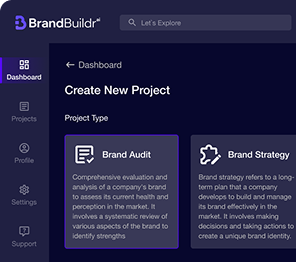
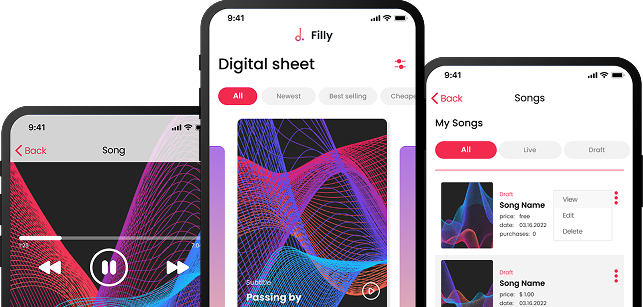










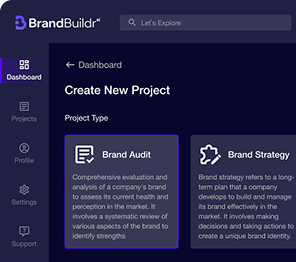

.avif)



.avif)

.avif)


